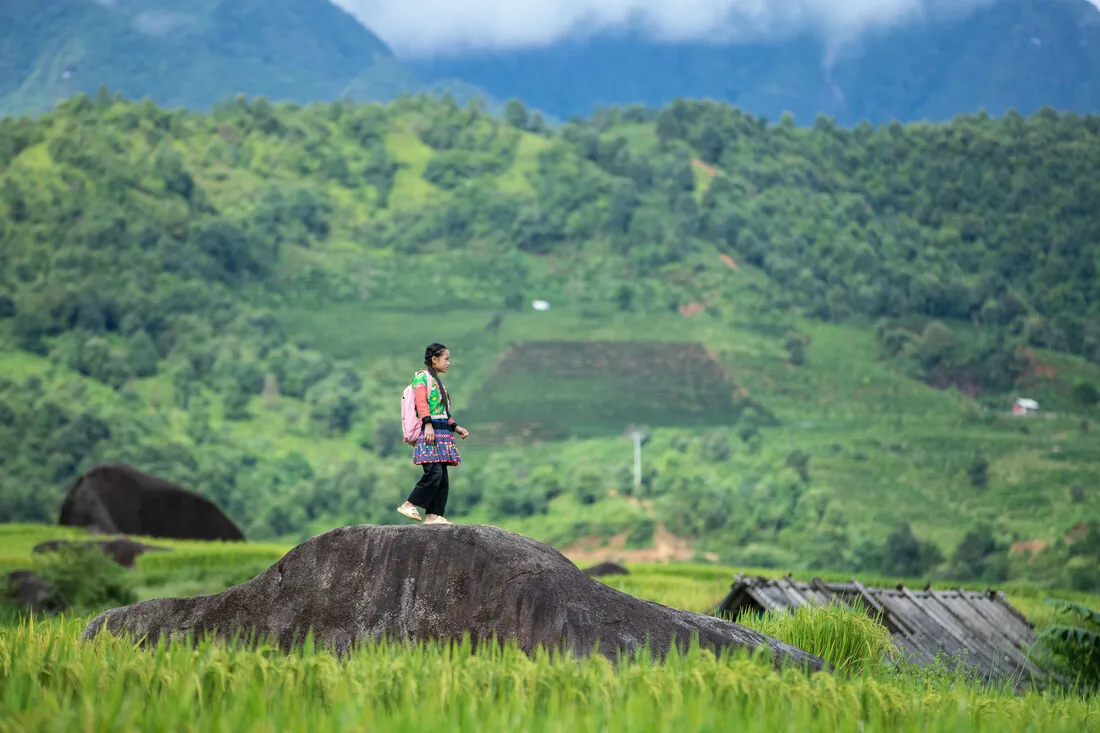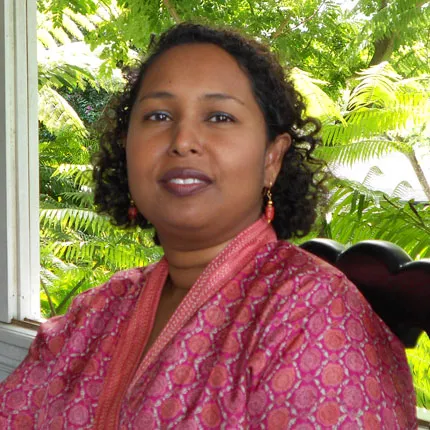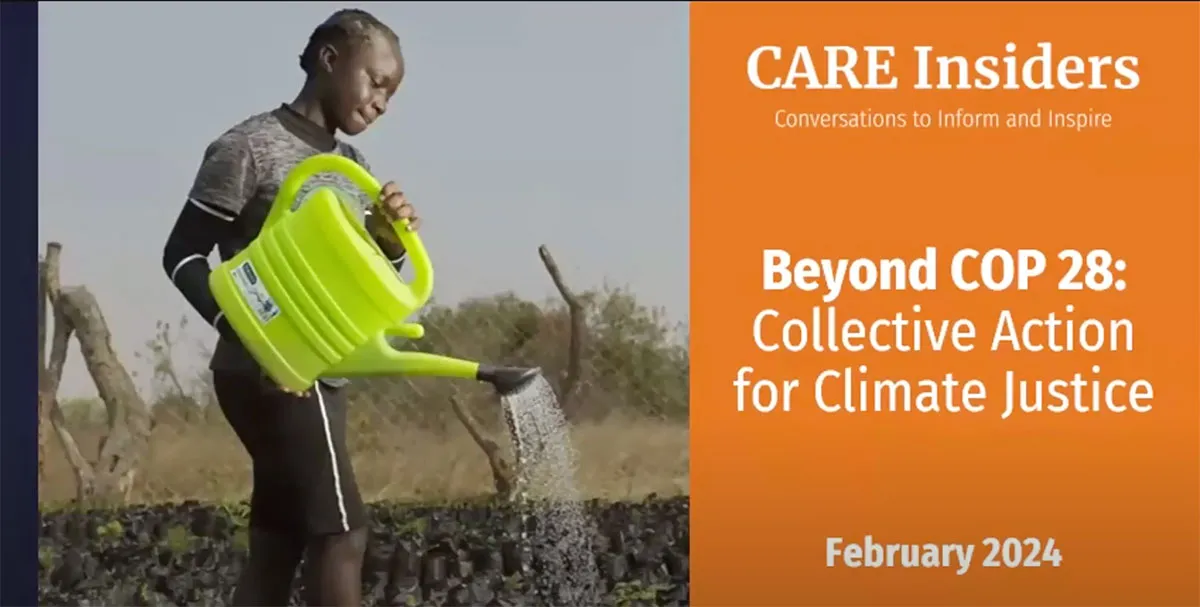“Climate speak” can be confusing. What key terms should people know?
Mitigation means reducing greenhouse gas (GHG) emissions, which cause global warming. We can do this by using less fossil fuels like coal, natural gas, and crude oil, and switching to renewable energy sourced from the sun, wind, and waves. If we don’t, use of fossil fuels will continue to release GHG into the atmosphere, causing rising temperatures and inconsistent rainfall patterns, which will lead to more floods, droughts, storms, and a higher sea level.
Adaptation means changing human (i.e., socioeconomic systems) and natural systems (i.e., ecosystems such as mangroves and reefs) so climate impacts aren’t felt as deeply. For example, restoring coral reefs can lessen the damage from storms by reducing the force waves can have on a coastal community.
Resilience is a tricky term since its meaning changes depending on who you ask. For some, it’s a combination of mitigation and adaptation that makes a community able to address and live with climate change. For others, the process of adaptation leads to resilience where a community can withstand future climate shocks without major changes to human and natural systems.
What are the consequences if we do not adapt to climate change?
The repercussions of small changes to the Earth’s temperature aren’t always explained well. While the Earth’s climate is continually changing, the speed at which it has changed since the Industrial Revolution has been rapid and dangerous. If the Earth’s temperature exceeds 1.5 degrees above pre-industrial levels, we’ll experience more heatwaves, longer warm seasons, and shorter cold seasons. If we exceed 2°C, many people will not be able to tolerate the extreme heat, and it will have a devastating impact on agriculture and human health.
Under current climate policies, the world is headed for an increase of 2.5 to 2.9°C by 2100. This may seem far away, but we’re quickly reaching a point of no return where ice sheets are melting, and we are losing the Amazon rainforest. We’re in a climate emergency and need to act now to prevent further increase in temperatures.
How are gender and local voices represented in climate work?
Poor and marginalized women and girls are particularly vulnerable to the impacts of climate change. Disaster recovery can be harder on them, as they bear more of the burden of caring for their families. Women are often responsible for sourcing food, firewood, and water; and droughts and flooding can force them to travel long and dangerous distances. Women also have limited decision-making power and unequal access to resources that could help them adapt to climate change.
At CARE, we promote women’s ability to fully participate in actions that help them adapt to the effects of climate change. We also work to ensure a range of local voices from other marginalized groups, such as youth and ethnic minorities, are part of forming climate solutions. We follow a locally led approach where solutions are developed in partnership with women and others who are vulnerable to climate change.
For instance, we engage marginalized groups by using CARE’s signature toolkit, the Climate Vulnerability and Capacity Analysis (CVCA). The CVCA allows communities to gather and analyze information on climate vulnerabilities and risks, assess capacities to adapt, and identify actions to increase their resilience. This helps us identify climate solutions that can be implemented in a manner sensitive to gender and culture. We also work with marginalized groups to co-design community-level adaptation plans they can implement.
What do we mean when we talk about “nature-based solutions,” and why are they important?
Nature-based solutions benefit both people and nature. They help the planet by conserving biodiversity and protecting and restoring ecosystems. They help people by improving their access to nutritious food, creating jobs, and providing a buffer against natural disasters. Nature-based solutions can also help us to mitigate and adapt to climate change.
For example, large-scale restoration of ecosystems such as mangroves and inland forests improves absorption of GHG, helping mitigate global warming. Inland forests also lessen the damage from flooding, and mangroves can increase a community’s protection from coastal storms.
What gives you hope for the future?
I’m hopeful because we’re working hard to address climate change from multiple angles. Governments are trying to implement climate change policies and plans, in many cases with CARE’s support. The private sector is working with researchers to come up with innovative solutions that use technology to support both mitigation and adaptation. Civil society groups and the communities they represent are making their voices heard to ensure marginalized groups benefit. And organizations like CARE are the glue connecting all these efforts.
We have a long battle ahead of us, but climate change is now at the forefront of people’s minds and actions, which gives me hope that we can tackle this challenge together.



